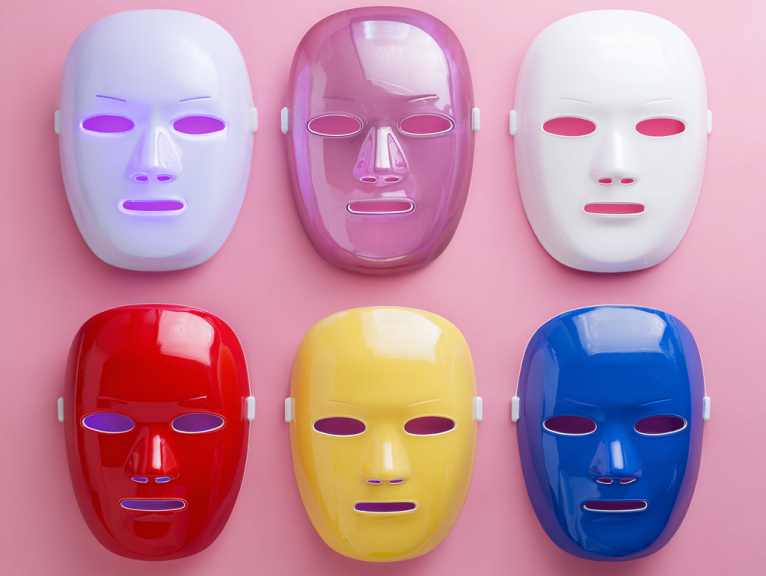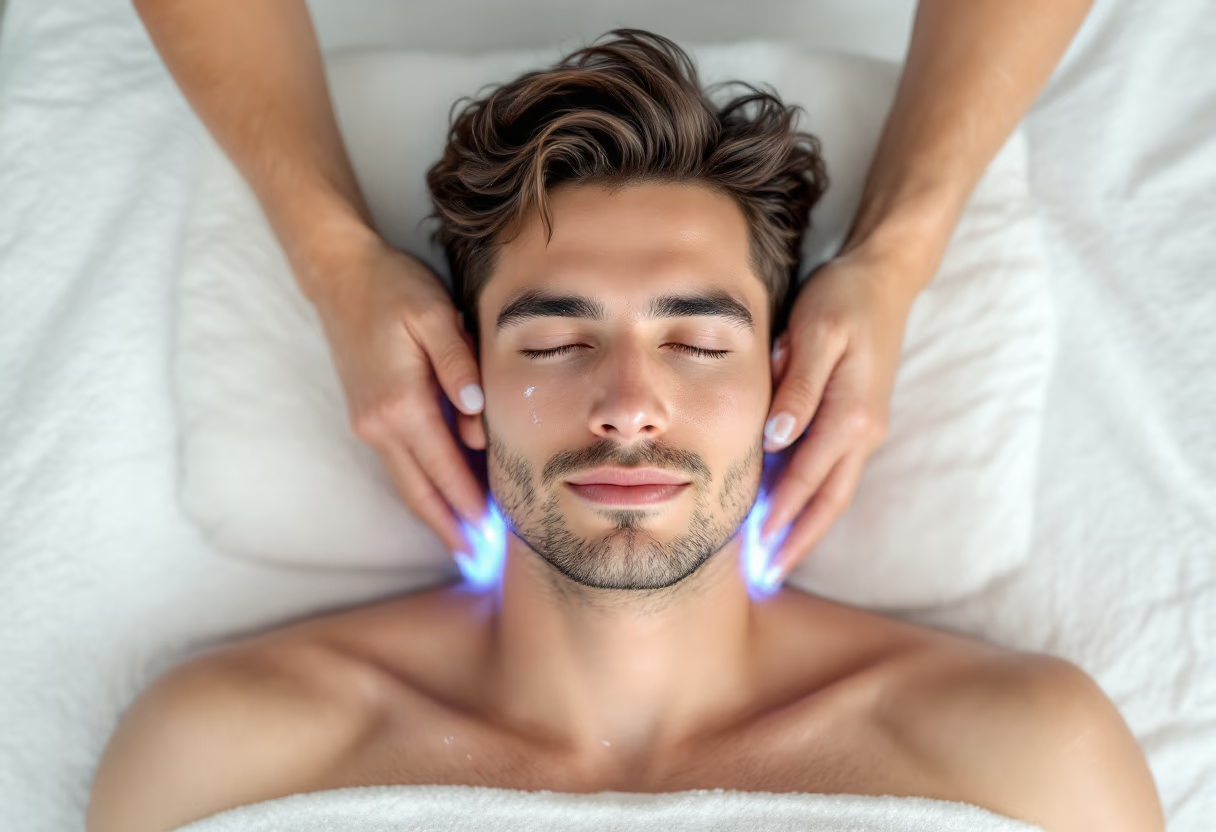
20 Years of Producing the Highest Quality, Most Reliable, and Effective LED mask.
LED face masks have become increasingly popular, but do they actually deliver results? This comprehensive guide examines the science behind LED light therapy, featuring insights from dermatology experts and clinical research data. Key takeaways include: Scientific Foundation: LED therapy uses specific light wavelengths to stimulate cellular processes, originally developed by NASA Proven Benefits: Clinical studies show red light reduces fine lines by up to 20%, while blue light achieves 76% effectiveness against acne Color-Specific Effects: Red light stimulates collagen production, blue light kills acne bacteria, and yellow light soothes sensitive skin Safety Profile: FDA-approved technology with minimal side effects when used correctly Home vs. Professional: Quality home devices can be 70-80% as effective as clinical treatments The article provides practical guidance on choosing the right mask, proper usage techniques, and realistic expectations. While LED masks aren't miracle cures, they offer scientifically-backed benefits when used as part of a comprehensive skincare routine.

Published: August 3, 2025 | Reading Time: 8 minutes
In recent years, LED face masks have sparked a "light therapy revolution" in the skincare world. From Hollywood celebrities to everyday consumers, more and more people are sharing photos of themselves wearing colorful, futuristic-looking masks on social media. But behind these eye-catching appearances, is LED light therapy really as miraculous as advertised?
As a platform dedicated to light therapy skincare for years, we've consulted with three dermatology experts to scientifically decode the real effects of LED face masks.
LED (Light Emitting Diode) light therapy is a non-invasive treatment method that uses specific wavelengths of light to stimulate skin cells, promoting cellular metabolism and repair. This technology was originally developed by NASA in the 1990s to help astronauts heal wounds better in space.
Key Scientific Principles:
Harvard Medical School Study (2019):
Seoul National University Study (2020):
University of Tokyo Study (2021):
The US FDA has approved multiple LED light therapy devices for:
This means the safety and effectiveness of LED light therapy have been recognized by authoritative institutions.
FeatureProfessional Clinic DevicesHigh-End Home MasksRegular Home MasksLight Intensity50-150mW/cm²20-40mW/cm²5-15mW/cm²LED Count1000+100-30050-100Treatment Time15-30 minutes15-20 minutes10-15 minutesWavelength Accuracy±5nm±10nm±15nm
While professional devices have superior parameters, high-quality home LED masks offer advantages in:
Acne-Prone Skin:
Anti-Aging Needs:
Sensitive Skin:
A: Side effects are minimal when used correctly. Possible mild reactions include:
A: Depends on specific needs:
A: Consult a doctor first. While LED light therapy is considered safe, pregnant and breastfeeding women should use caution, especially with blue light treatments.
A: Yes, but note:
Dermatologist Dr. Smith reminds us: "LED light therapy does have scientific backing, but it's not a cure-all. It's better suited as an auxiliary means for daily skincare rather than replacing basic skincare or professional medical aesthetic treatments."
LED face masks are indeed a scientifically-backed skincare technology, but they're not the master key to skincare. Choosing the right product, using it correctly, and combining it with good basic skincare habits will maximize its effectiveness.
Remember, the best skincare approach is always: consistent sun protection, gentle cleansing, appropriate moisturizing, plus scientific auxiliary methods.
Want to learn more about LED mask products? Browse our product review pages to find the perfect light therapy skincare solution for you.
Related Reading Recommendations:
